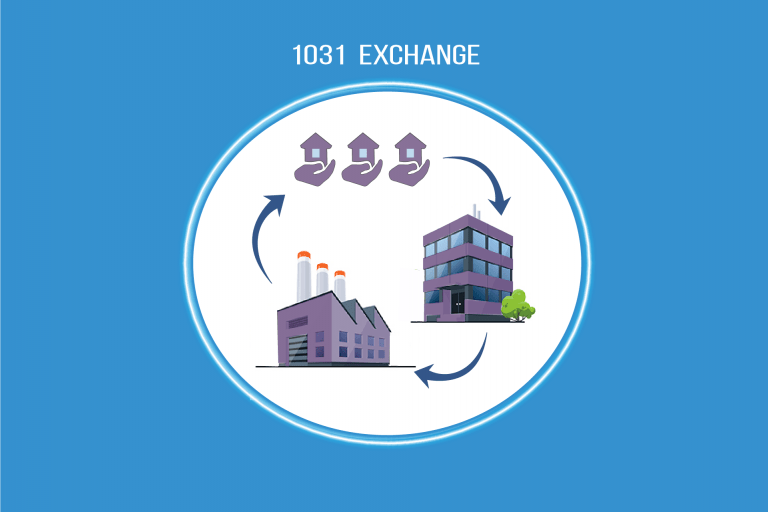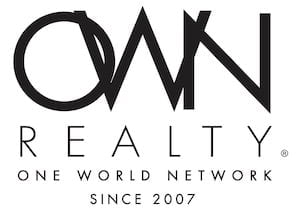
Investing in industrial properties can yield lucrative returns, but it’s essential for property owners to explore avenues that can maximize their profits while minimizing tax liabilities. One such avenue is the 1031 Exchange, a powerful tool in the real estate investor’s toolkit. In this article, we’ll delve into the intricacies of the 1031 Exchange specifically tailored for industrial property owners, exploring its benefits, eligibility criteria, strategies for success, potential challenges, and alternative investment options.
What is a 1031 Exchange?
A 1031 Exchange, named after Section 1031 of the Internal Revenue Code, allows property owners to defer capital gains taxes on the sale of investment properties by reinvesting the proceeds into like-kind properties. In essence, it enables investors to defer taxes on the appreciation of their real estate holdings, providing them with more capital to reinvest and grow their portfolios.
Understanding Industrial Properties: Industrial properties encompass a wide range of assets, including warehouses, manufacturing facilities, distribution centers, and research facilities. These properties typically serve commercial or industrial purposes, with features such as high ceilings, loading docks, and specialized infrastructure tailored to the needs of industrial operations. Industrial real estate investments offer unique advantages, including stable income streams, long-term lease agreements, and potential for capital appreciation.
The Advantages of 1031 Exchange for Industrial Property Owners: For industrial property owners, the 1031 Exchange offers several compelling advantages. Firstly, it allows them to defer capital gains taxes, preserving their equity and providing more capital for reinvestment. This tax deferral can significantly enhance cash flow and overall returns on investment. Secondly, it facilitates portfolio diversification by enabling property owners to exchange into properties with different geographic locations, asset classes, or risk profiles, thereby reducing investment risk and enhancing long-term stability.

Eligibility and Requirements:
To qualify for a 1031 Exchange, industrial property owners must adhere to certain criteria and timelines. The property being sold and the property being acquired must both be held for investment or business use, and they must be of like-kind according to IRS guidelines. Additionally, property owners must identify potential replacement properties within 45 days of the sale and complete the exchange within 180 days. Working with qualified intermediaries and tax advisors is crucial to ensure compliance with IRS regulations and maximize the benefits of the exchange.
Strategies for Maximizing Benefits:
Successful execution of a 1031 Exchange requires careful planning and execution. Industrial property owners can maximize their benefits by working with experienced intermediaries who specialize in 1031 exchanges. These professionals can provide guidance throughout the exchange process, from property identification to closing, ensuring compliance with IRS regulations and optimizing tax savings. Additionally, proper documentation and due diligence are essential to mitigate risks and maximize the chances of a successful exchange. Leveraging financial resources effectively, such as utilizing financing options or structuring exchange transactions strategically, can further enhance the benefits of the exchange.
Case Studies and Examples:
Real-world case studies illustrate the potential benefits and strategies of 1031 exchanges for industrial property owners. For example, consider a scenario where an industrial property owner sells a warehouse facility for a significant profit. By reinvesting the proceeds into a portfolio of industrial properties through a 1031 exchange, the owner can defer capital gains taxes and diversify their investment holdings, thereby enhancing long-term growth and stability.
Potential Challenges and Risks:
While 1031 exchanges offer substantial benefits, they also present certain challenges and risks that industrial property owners must navigate. Common pitfalls include failure to adhere to IRS guidelines, insufficient property identification, and market volatility. Additionally, changes in tax laws or regulatory requirements can impact the viability of 1031 exchanges. Property owners should work closely with tax advisors and legal professionals to mitigate these risks and ensure compliance throughout the exchange process.
Alternative Investment Options:
In addition to 1031 exchanges, industrial property owners may explore alternative investment options to optimize their portfolios and tax strategies. These options include Opportunity Zones, Delaware Statutory Trusts (DSTs), and Qualified Opportunity Funds (QOFs), each offering unique advantages and considerations. By evaluating these alternatives alongside 1031 exchanges, property owners can make informed decisions that align with their investment objectives and risk tolerance.
The 1031 Exchange presents a valuable opportunity for industrial property owners to defer capital gains taxes, preserve equity, and enhance portfolio growth. By understanding the intricacies of 1031 exchanges, adhering to eligibility criteria and timelines, and implementing sound strategies, industrial property owners can maximize their profits and achieve long-term success in the real estate market. With careful planning and expert guidance, the 1031 Exchange can serve as a powerful tool for unlocking the full potential of industrial property investments.

 Call us today:
Call us today: